-
Welcome to Tundras.com!
You are currently viewing as a guest! To get full-access, you need to register for a FREE account.
As a registered member, you’ll be able to:- Participate in all Tundra discussion topics
- Transfer over your build thread from a different forum to this one
- Communicate privately with other Tundra owners from around the world
- Post your own photos in our Members Gallery
- Access all special features of the site
HELP! 2006 Toyota tundra very high fuel trims
Discussion in '1st Gen Tundras (2000-2006)' started by sirgibs234, Jun 25, 2025.
Page 1 of 2
Page 1 of 2


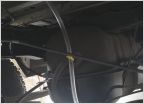 Rear Differential Breather Mod (pics)
Rear Differential Breather Mod (pics)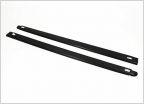 Bed Rail Protecters - Any You Recommend?
Bed Rail Protecters - Any You Recommend?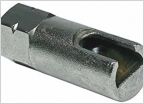 2005 Tundra Limited Shudder
2005 Tundra Limited Shudder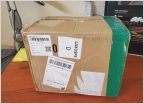 10.1 Xtrons head unit upgrade to 12.8 Rotating unit ---AKA BIG ASS SCREENS!
10.1 Xtrons head unit upgrade to 12.8 Rotating unit ---AKA BIG ASS SCREENS!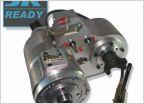 This truck can't handle 285/70/17
This truck can't handle 285/70/17 What is it called?
What is it called?
















































































